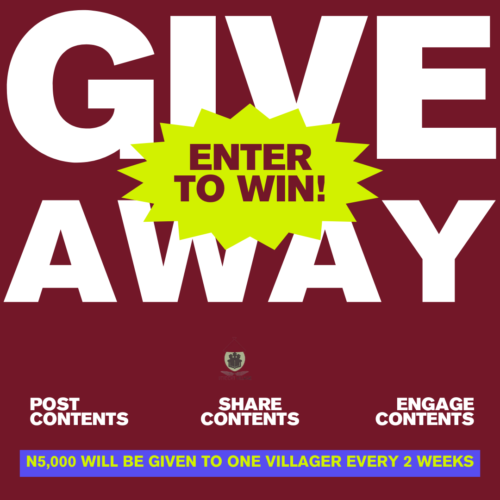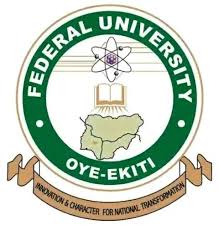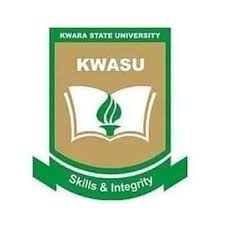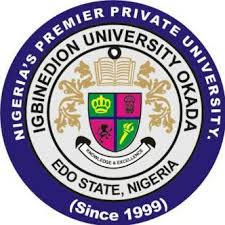
When we hear of drug abuse, we think it is only applicable to people who take or ingest hard drugs. First things first, a drug is any substance (asides from food) that, when inhaled, injected, smoked, consumed, absorbed via a patch on the skin, or dissolved under the tongue causes a temporary physiological and even a psychological change in the body.
Pharmacology also defines a drug as a chemical substance of known structure, other than a nutrient of an essential dietary ingredient, which, when administered to a living organism, produces a biological effect. A pharmaceutical drug, also called a medication or medicine, is a chemical substance used to treat, cure, prevent, or diagnose a disease or to promote well-being.
Prescription drugs are the third most commonly abused category of drugs, behind alcohol and marijuana and ahead of cocaine, heroin, and methamphetamine. Some prescription drugs can become addictive, especially when used in a manner inconsistent with their labeling by someone other than the patient for whom they were prescribed, or when taken in a manner or dosage other than prescribed.
The prescription drug medications that are most commonly abused include:
Pain relievers
Tranquilizers and sedatives
Stimulants
A number of reasons why people, most especially young adults abuse prescription drugs include :
To feel good or get high
To relax or relieve tension (painkillers and tranquilizers)
To reduce appetite (stimulants)
To experiment
To be accepted by peers (peer pressure) or to be social
To be safe — it is a false belief that prescription drugs are safer than street drugs
To feed an addiction
The non-medical use of prescription drugs has been rising steadily for adolescents, particularly in the area of prescription pain relievers, anti-anxiety medications, stimulants and steroids. With a greater number of prescriptions being written, such drugs are more widely available and abusers may mistakenly believe that such drugs are safer to take than street drugs because they come from a doctor. Taking prescription drugs not prescribed for you by a doctor or in a way that hasn’t been recommended by a doctor, can be more dangerous than you think. It can actually kill you. The combination with alcohol significantly increases the risk of accidental overdose by over 50%!

Mixing alcohol and prescription drugs
Mixing alcohol with certain medications can cause nausea and vomiting, headaches, drowsiness, fainting or loss of coordination. It can also put you at risk for internal bleeding, heart problems, and difficulties in breathing. In addition to these dangers, alcohol can make a medication less effective or even useless, or it may make the medication harmful or toxic to your body.
Some prescription drug abuse symptoms include:
Stealing, forging or selling prescriptions
Taking higher doses than prescribed
Excessive mood swings
Increase or decrease in sleep
Poor decision-making
Appearing to be high, unusually energetic or revved up, or sedated
Continually “losing” prescriptions, so more prescriptions must be written
Seeking prescriptions from more than one doctor
Treatment and Recovery from Prescription Drug Addiction
Addiction to any drug (illicit or prescribed) is a disease which , like other chronic diseases, can be treated. No single type of treatment is appropriate for all individuals addicted to prescription drugs. Treatment must take into account the type of drug used and the needs of the individual and may need to incorporate several components, including detoxification, counseling, and, in some cases, the use of pharmacological therapies as well as mutual aid/self help and recovery support.
So, when next you think about popping some “pills” and getting high , think again.
Written By ShugsAddict








